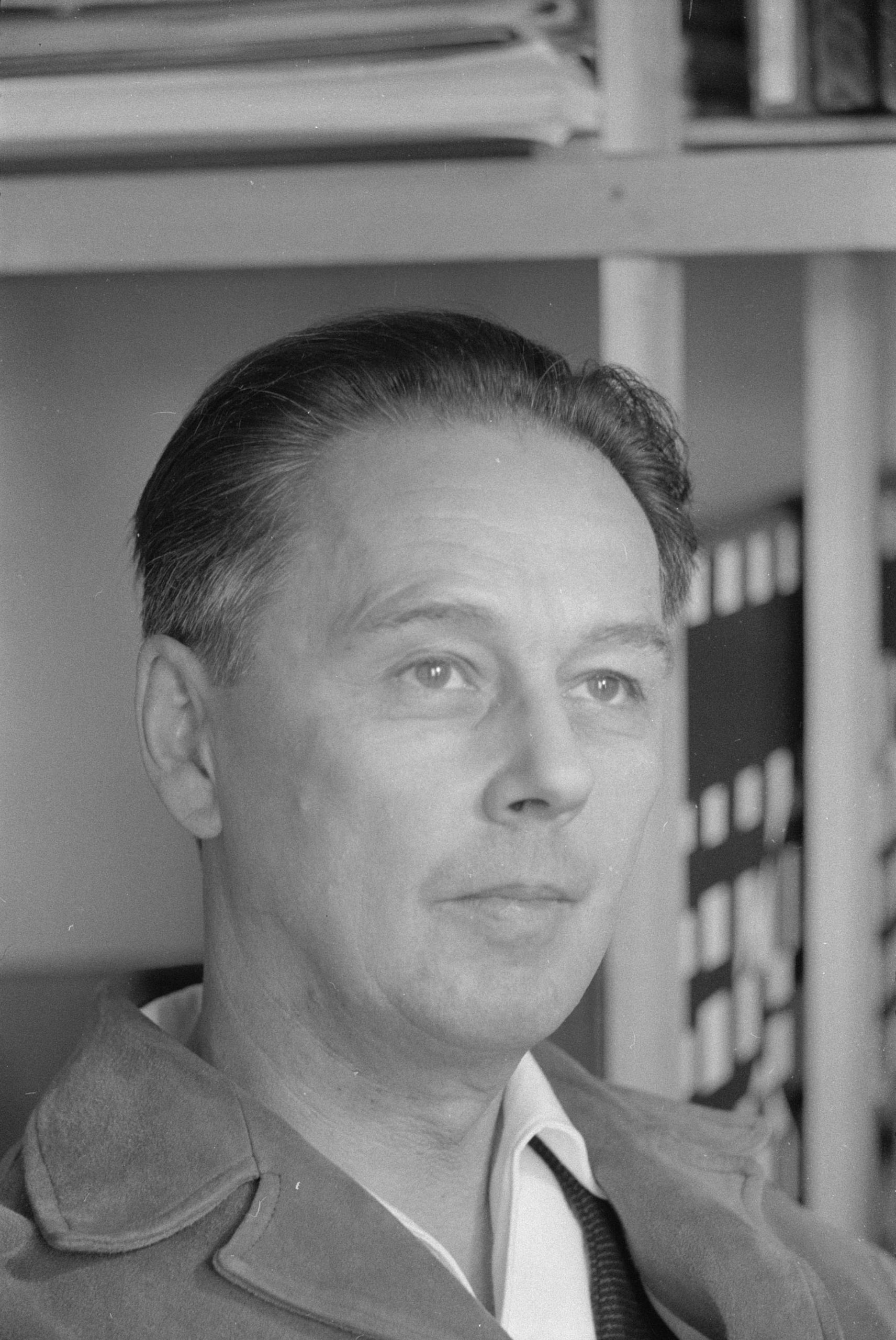Contact us for more information
Victor Vasarely is a singular artist in the history of twentieth-century art. He rose to fame during his lifetime, and made his mark on contemporary art by creating a new trend: optical art. His work is highly coherent, from the development of his graphic art to his determination to promote social art accessible to all.
He was born in Pécs, Hungary, in 1906. In 1925, after his baccalaureate, he briefly studied medicine at the University of Budapest, dropping out two years later. From this period, Vasarely retained a desire for method, objectivity and a thirst for knowledge… close to the world of science.
Victor Vasarely was the most talented advertising graphic designer of his generation in the 1930s. He played a key role in the Liberation in 1944, bringing together the new painters of the School of Paris (École de Paris).
After the war, he became the father of Op Art in France and abroad. This movement, a perfect intermediary between the kinetic art of Alexander Calder or Jean Tinguely and the pop art of Andy Warhol, promoted the industrial manufacture of paint while taking on its seductive manoeuvres.
He was also the most charismatic and coveted immigrant artist on the small screen in the 1970s, the star of the little circles and little squares.
He celebrated a popular art form liberated from the wealthy bourgeois class. Victor Vasarely even went beyond the all-too-cited “democratisation of art” by proposing to exfiltrate painting.
In 1948, he fell in love with Gordes (Vaucluse) where a Vasarely museum was opened in 1970, supported by the foundation created by Vasarely and his wife in 1971, and closed in 1996 due to management difficulties.
Over the next two decades, Vasarely developed his own model of geometric abstract art, working in a variety of materials but employing a minimal number of shapes and colours.




